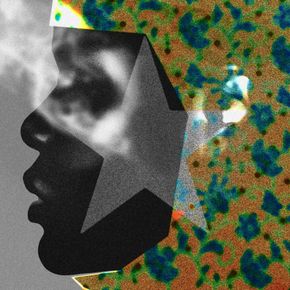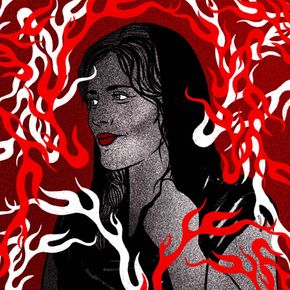The death penalty: Iran, Pakistan, United States
A recent report by Iran Human Rights (IHR) and Together Against the Death Penalty (ECPM) has revealed that in 2021, Iran saw the highest number of executions in two decades, with at least 834 people being hanged. This marks a 43% increase in the use of the death penalty. Although the protests triggered by the death of Mahsa Amini in the autumn of 2020 have contributed to this spike, drug-related cases were responsible for more than half of the total number of executions. The report also highlights that members of ethnic minorities, particularly the Baloch people from southeastern Iran, were disproportionately represented among those executed.
In Pakistan, a 22-year-old student was sentenced to death for posting content on WhatsApp that was deemed insulting to the Prophet Muhammad. In another related case, a teenager was given a life sentence for the same offense. Both individuals have the right to appeal against their verdicts. According to national and international human rights organizations, blasphemy allegations are often used to intimidate religious minorities and settle personal scores.
The recent use of hypoxia as a method of execution in Alabama has prompted three major producers of medical nitrogen in the US, namely Airgas, Air Products, and Matheson Gas, to ban the use of their products in executions. The companies stated that their products are intended to save human lives, not take them. Currently, four states in the US, including Alabama, Louisiana, Mississippi, and Oklahoma, use medical nitrogen hypoxia as a form of the death penalty.

























